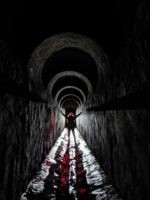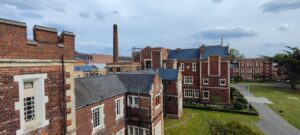Unexplored UK: Belfast Murals

The conflict that lasted over 30 years in Northern Ireland has been named ‘The Troubles’. It took the lives of 3,500 people- half of these were in the capital, Belfast. 50,000 people were injured, with divided communities living side by side. Peace walls have been erected to physically divide the city with gates that are locked every night. Murals have been painted on these walls as well as on the side of buildings. These murals are symbols of Northern Ireland’s history and hopes for the future. It is estimated that almost 2,000 murals have been created since the 1970s in Northern Ireland.

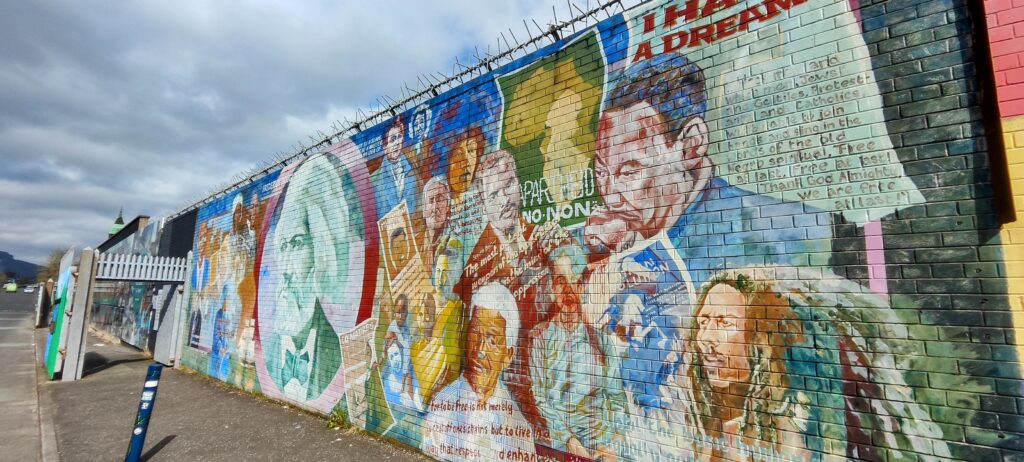
Belfast was at the heart of the ethno-nationalist conflict. On one side was the Republicans who wanted Northern Ireland to be part of the Republic of Ireland. On the other was Unionists who wanted Northern Ireland to remain under British rule. Grievances on both sides are shown in the murals on both sides of the wall.
Unionist Murals
Shankill Road and the surrounding roads are predominantly loyalist and the murals depict images of peace, calm and co-operation. The murals here often show respect to those that died. There are frequent memorials to the Ulster Loyalist Paramilitary groups such as the Ulster Defence Association and the Ulster Volunteer Force. There are also hundreds of Union flags attached to houses and depictions of Queen Elizabeth II on the houses.
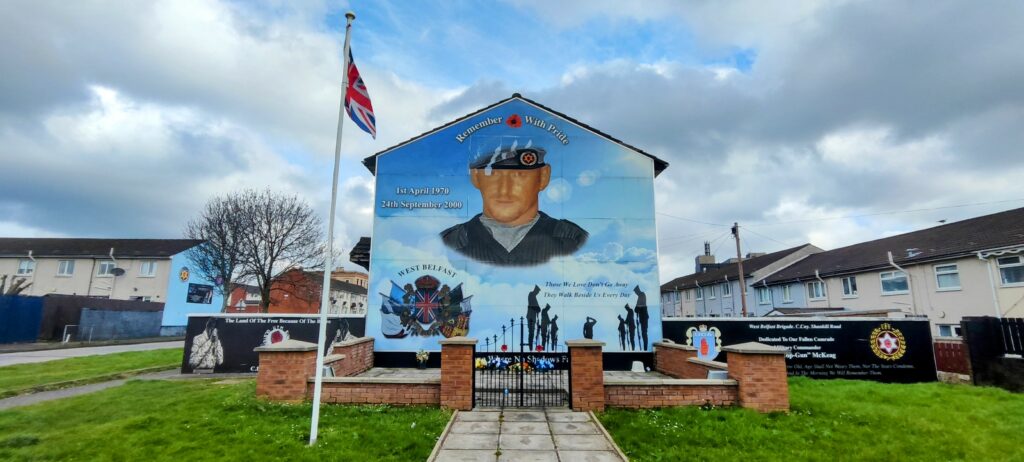
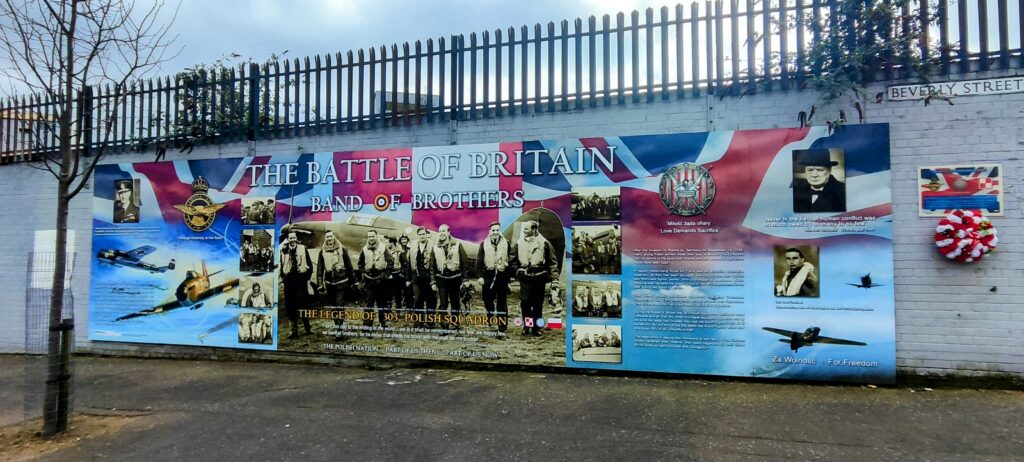
Other common themes are commemorating historical events, the most common being the Battle of the Boyne and William of Orange. The murals in Unionist Shankill celebrate the defeat of the Catholic King James by his Protestant Son-in-Law William at the Battle of the Boyne in Ireland in 1690. This victory assured Protestant power in Ireland.
Republican Murals
Unlike the Unionist side which has messages of peace and co-operation the Republican side has a very different message. Messages of co-operation would be seen as “giving up” and suggest that their fight was over. Visitors might expect to see the streets covered in Irish flag colours, however this is not the case. There is a lot of imagery of stolen land or dispossessed people. You will find Palestinian and The Basque Country flags dotted around the area. There are also depictions of political prisoners, martyrs and campaigners against oppression. Some of the most well-known murals are seen on the Solidarity Wall and the Bobby Sands Mural.

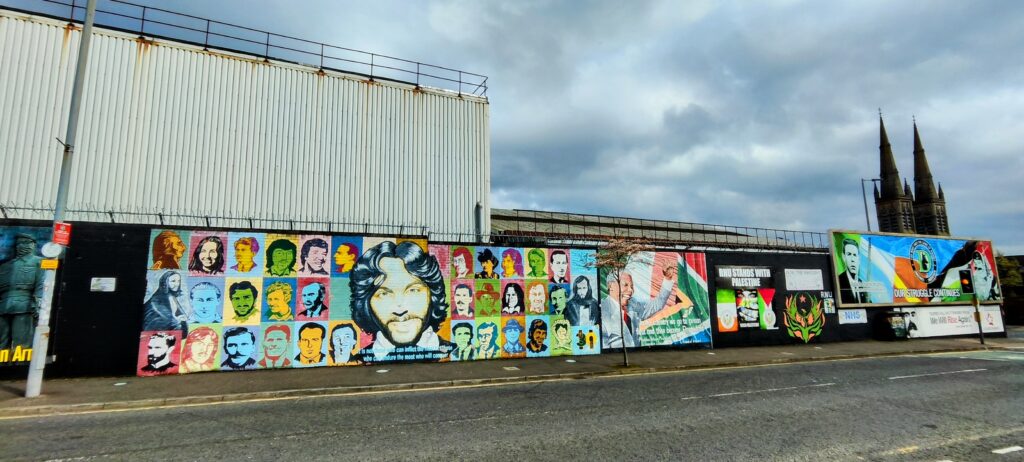
Solidarity Wall
Divis Street, which is also known as The International Wall or Solidarity Wall, marks the entrance to the Republican West Belfast. The wall shows local and international human rights struggles. One of these include an interpretation of Picasso’s Guernica painting, presenting the bombing of a Basque Town during the Spanish Civil war in 1937.
The wall also commemorates political activists like the Cuban socialist Che Guevara and Frederick Douglass who was the leader of the American Abolitionist movement.


Bobby Sands Mural
Perhaps the most famous mural in Belfast is the Bobby Sands memorial on the side of Sinn Féin’s Falls Road office. Sands joined the Provisional IRA as a teenager and was arrested twice for possessing weapons. The second time he was imprisoned for 14 years. Sands was one of around 300 prisoners who took part in ‘blanket protests’ where prisoners refused to wear prison uniforms in protest against the withdrawal of special category status in 1976. This escalated to a ‘no wash’ protest where prisoners did not leave their cells to wash or empty their chamber pots. On 1st March 1981 Bobby Sands became the first of 23 prisoners to go on hunger strike. He was then put forward as a candidate for the by-election and was elected MP for Fermanagh and South Tyrone. Britain refused to give in to the hunger strikers’ demands. Sands died in prison aged 27 in 1981 after 66 days on hunger strike, over 100,000 people attended in funeral.

The Mural is based on a smiling photograph of Sands taken during his time in prison. There are two phrases on the mural “Everyone a Republican or otherwise, has their own particular role to play” and “Our revenge will be the laughter of our children.”
Last Updated on 22 October 2024 by Michael

